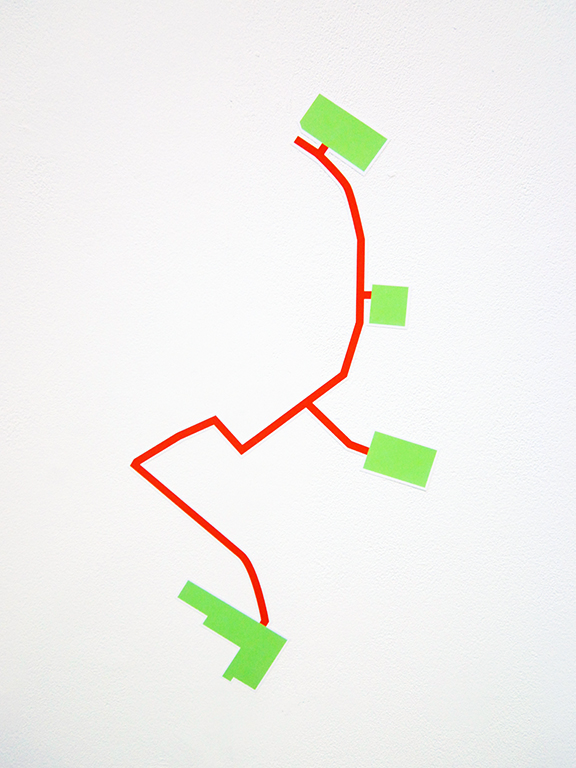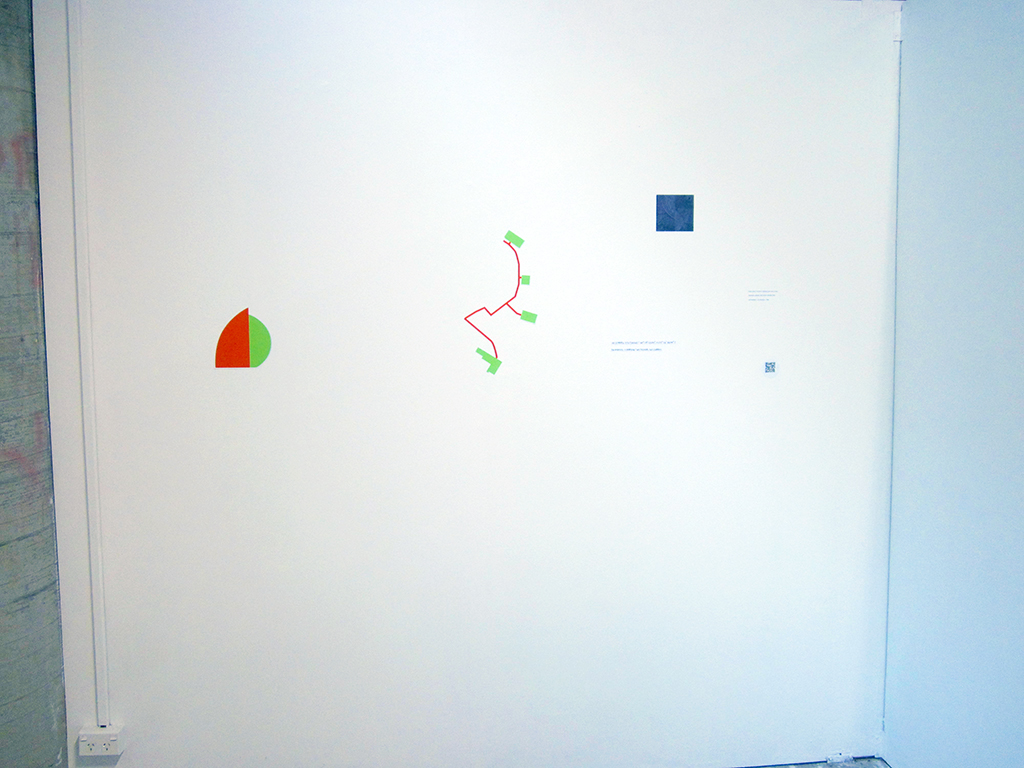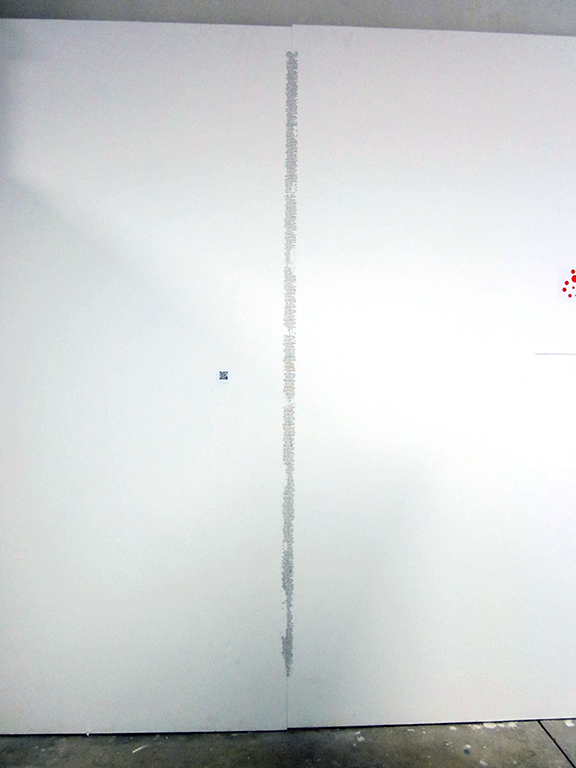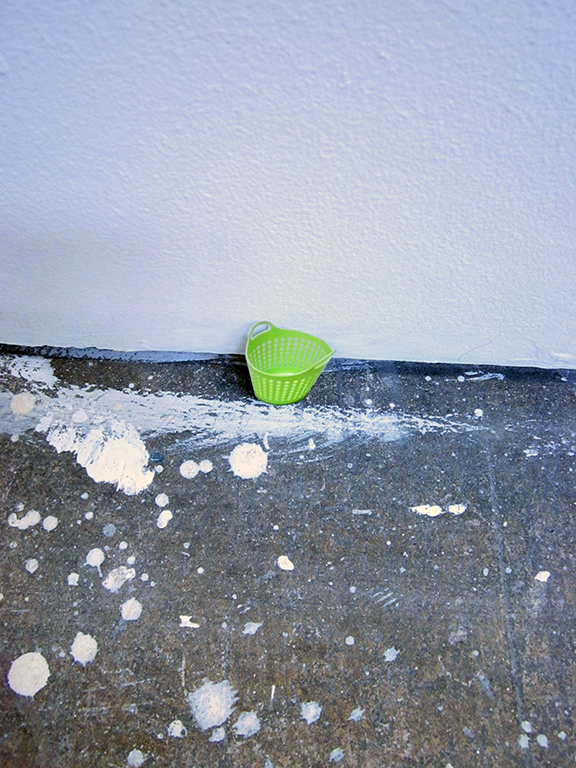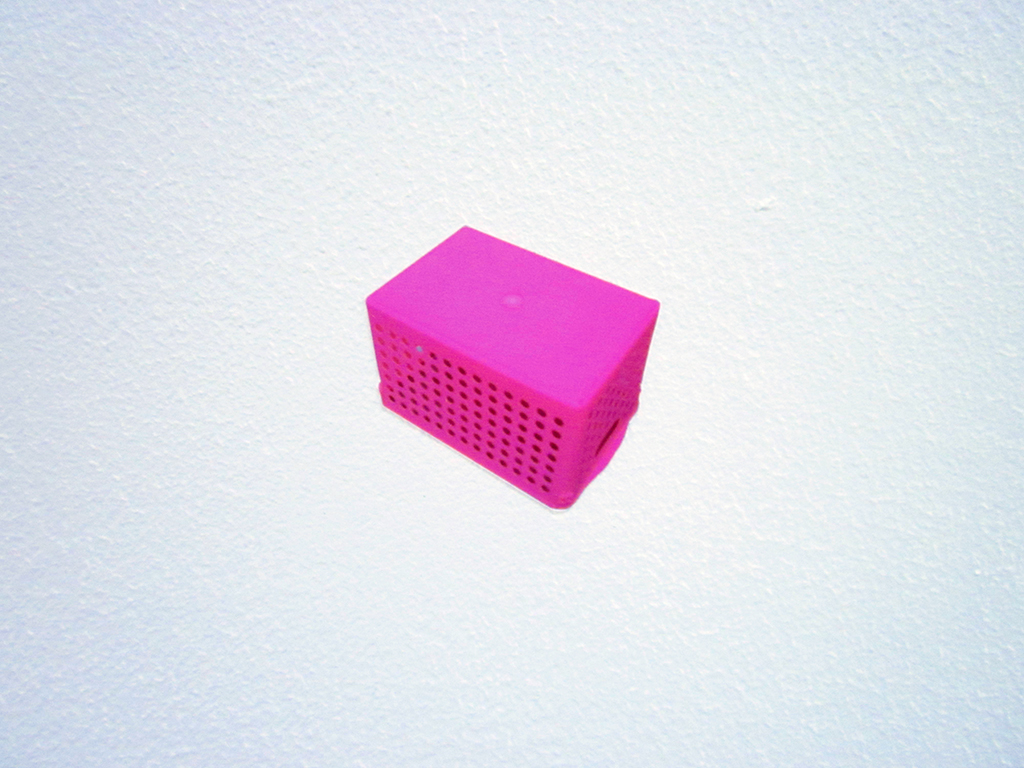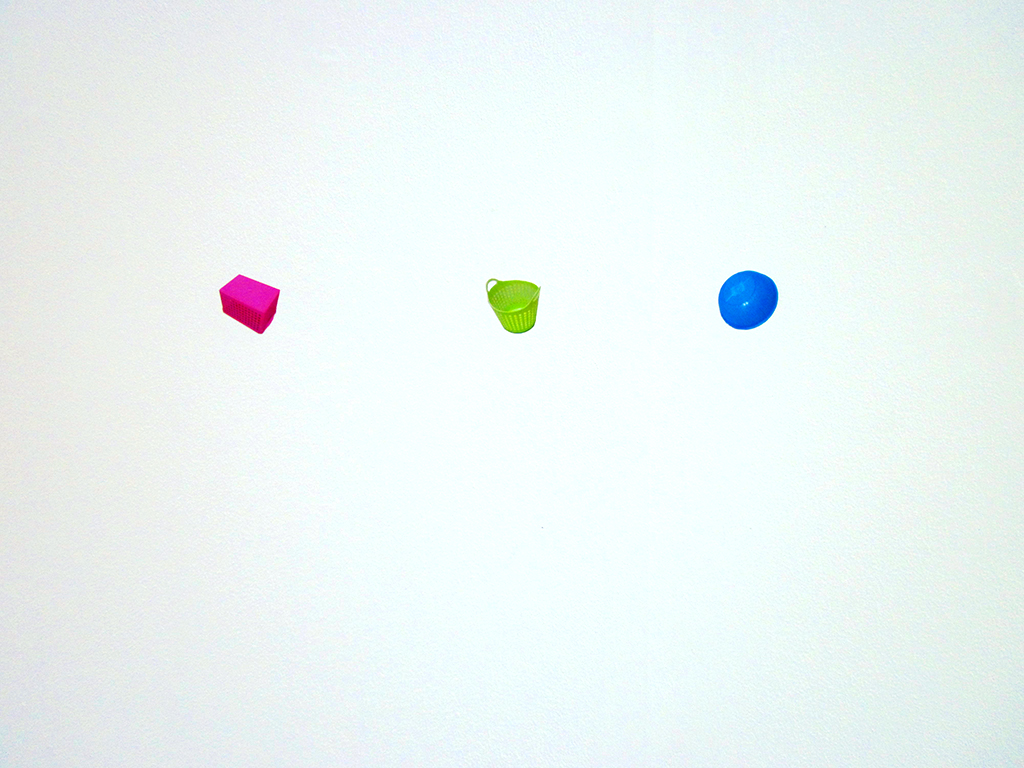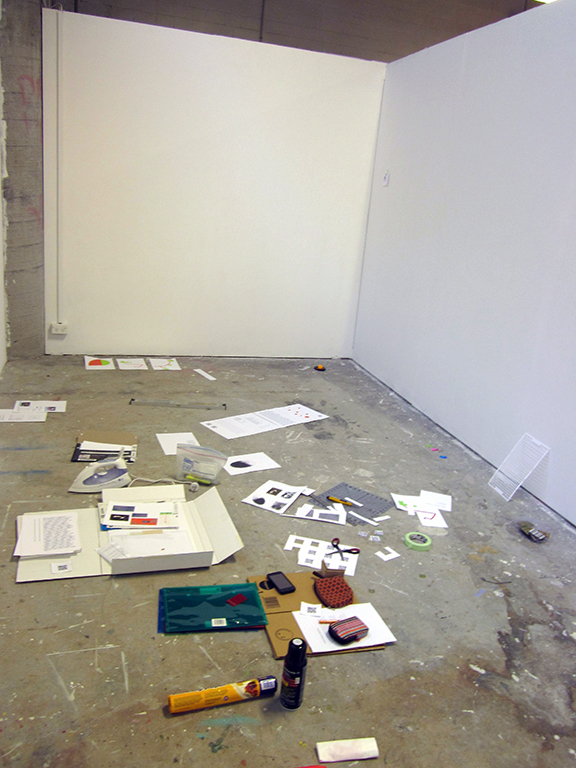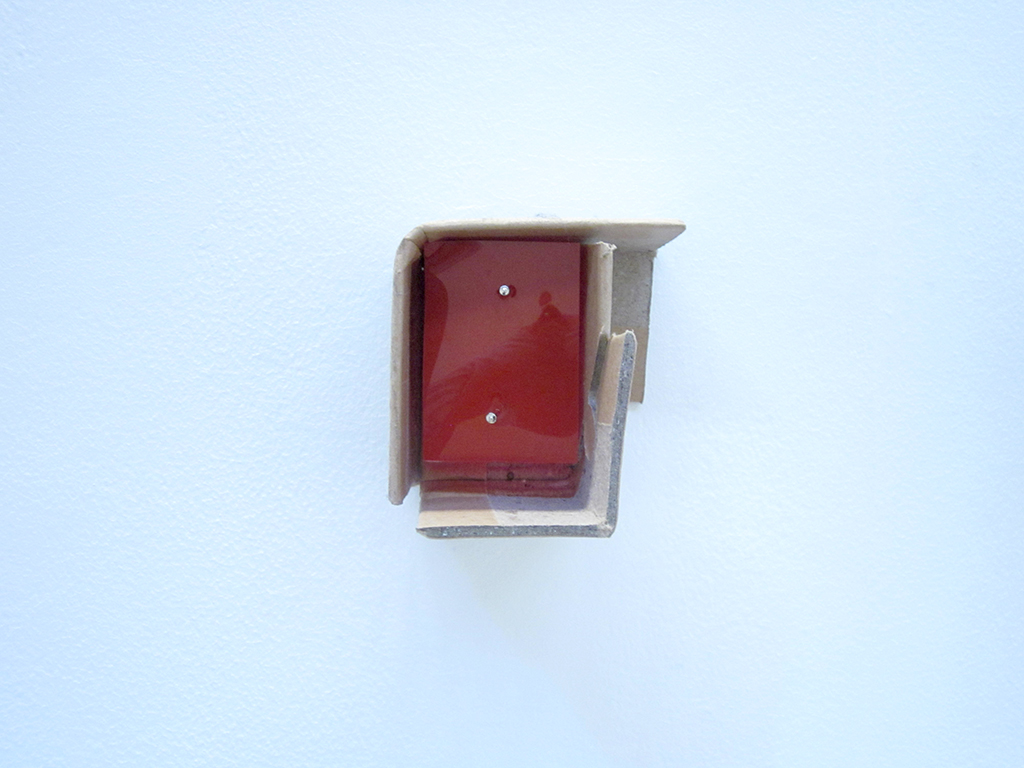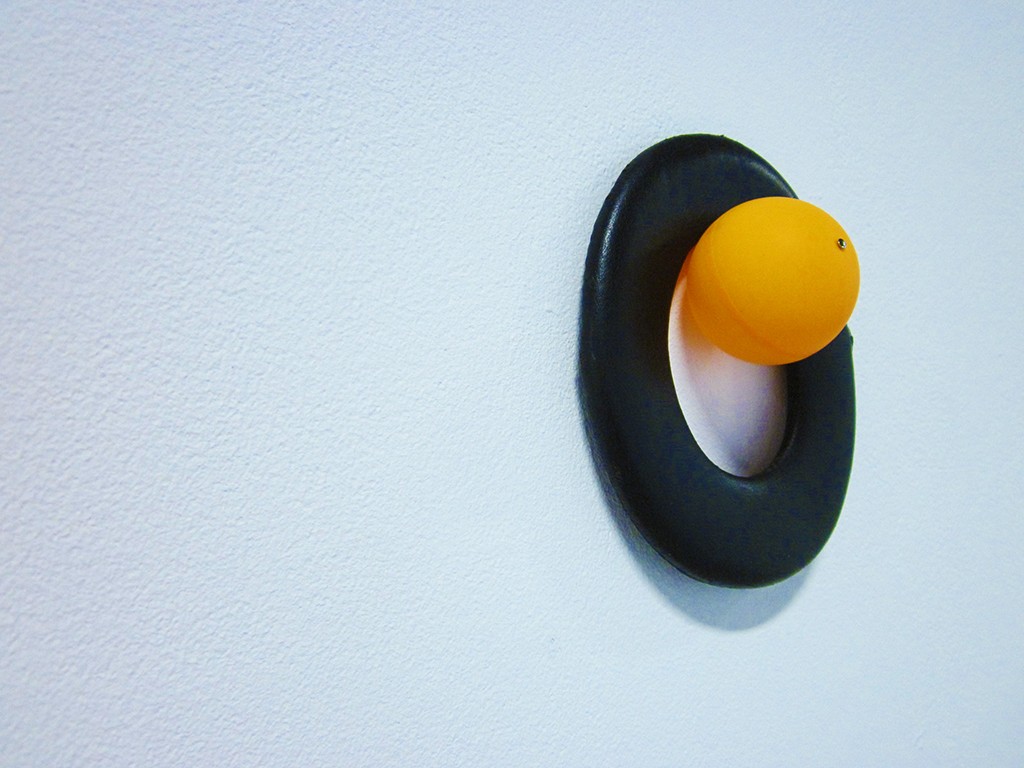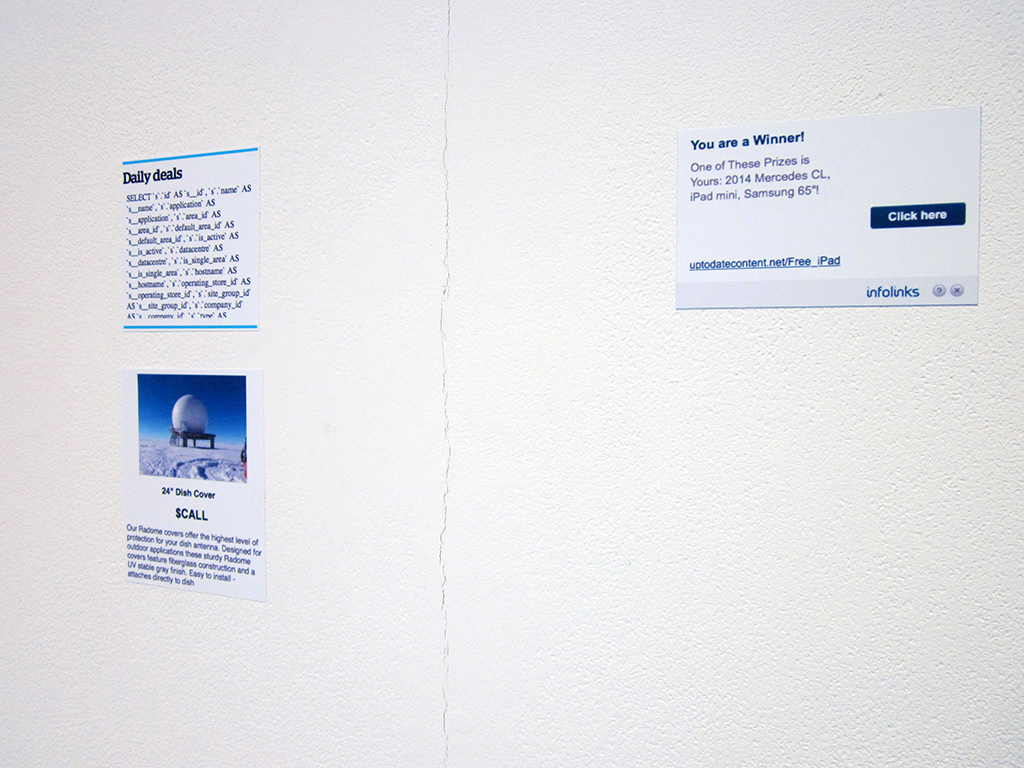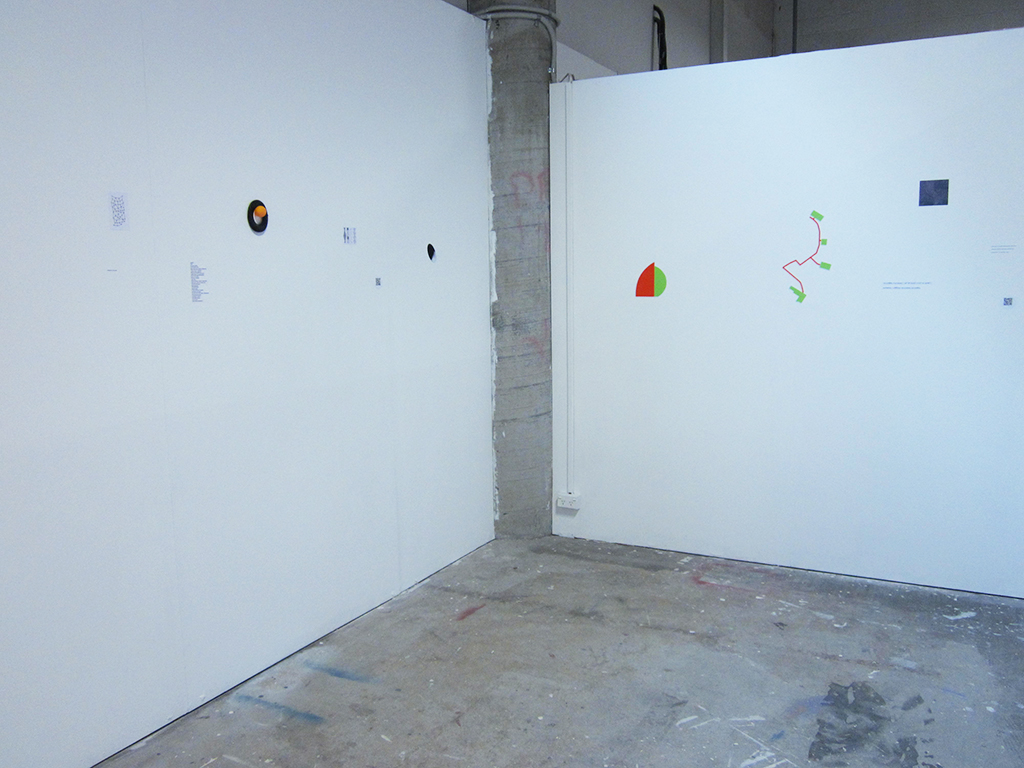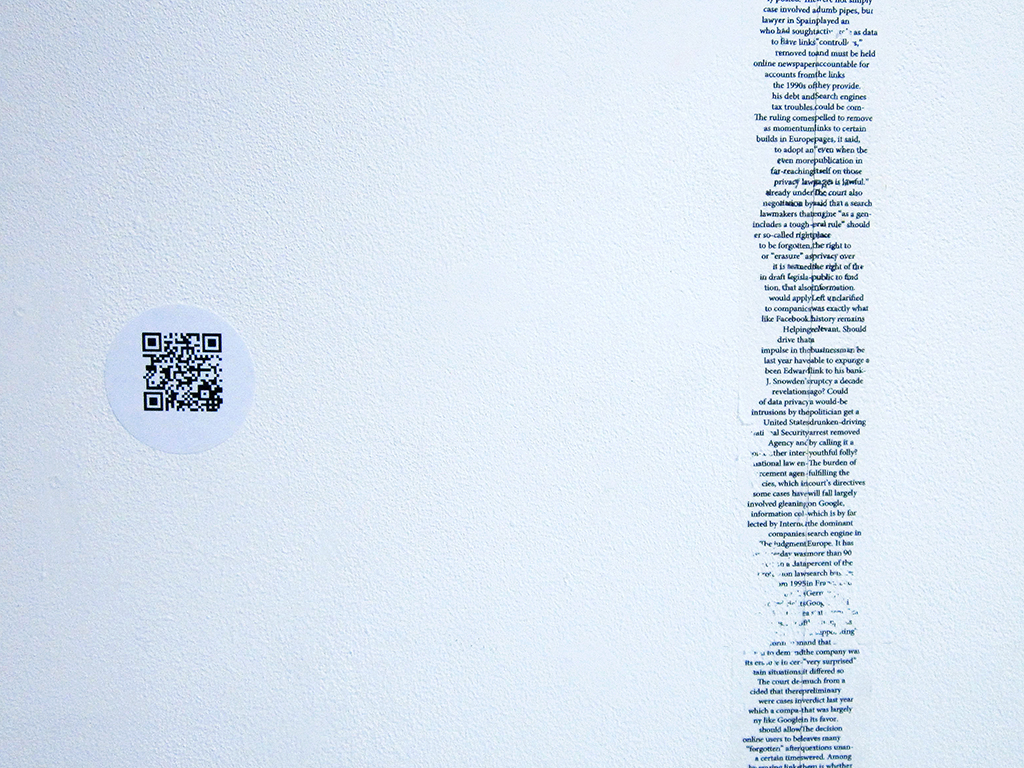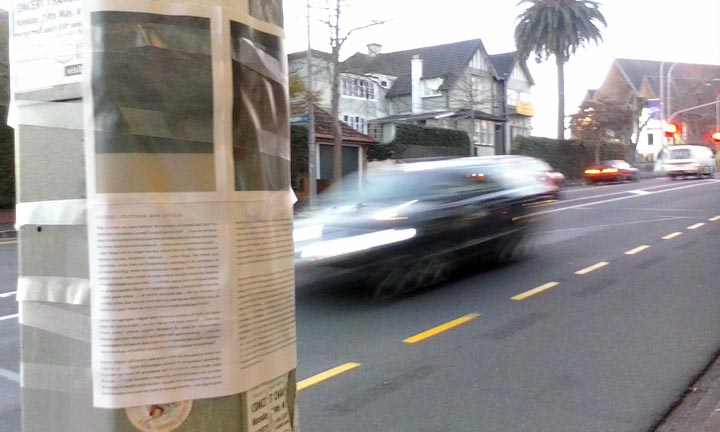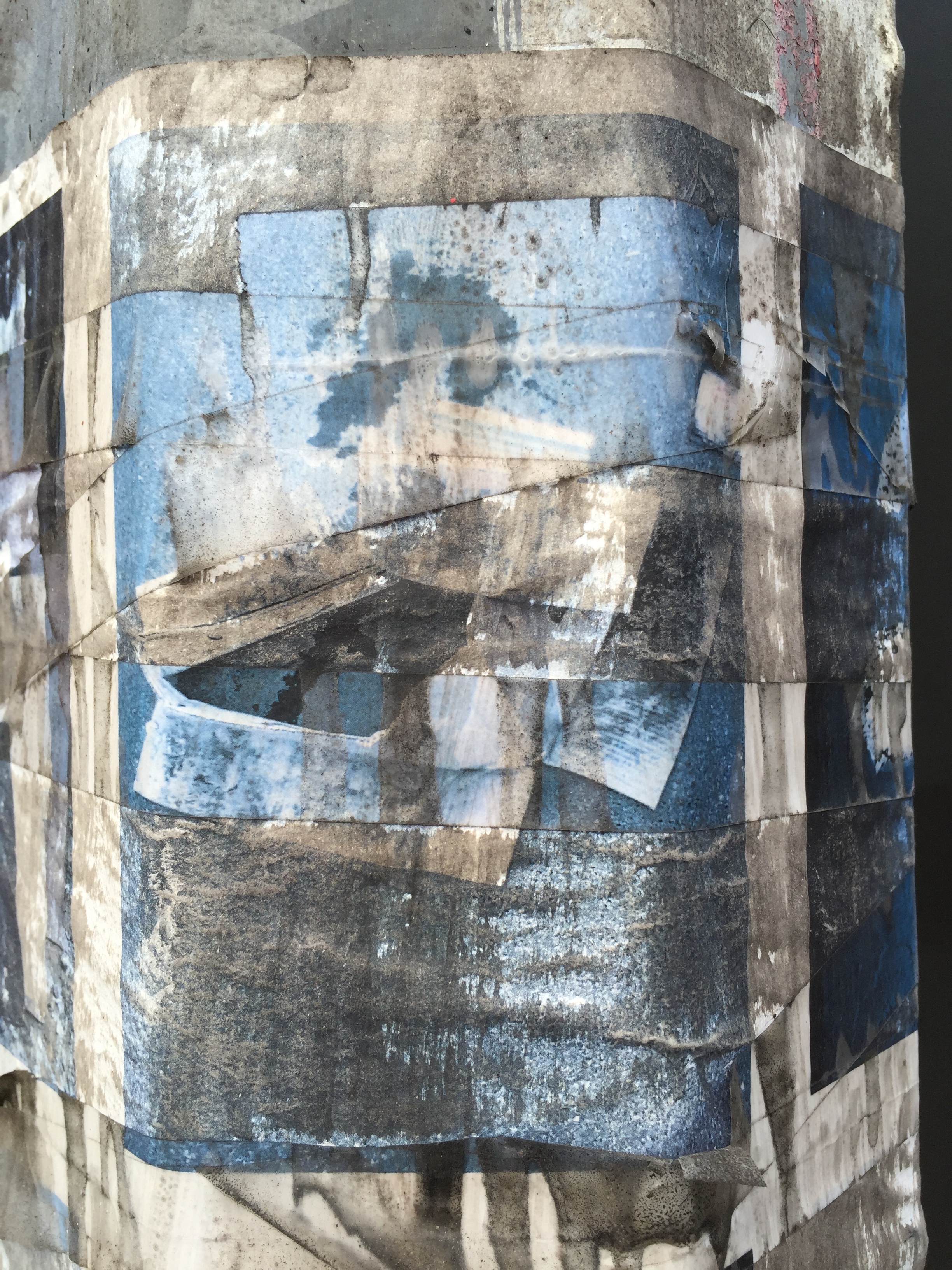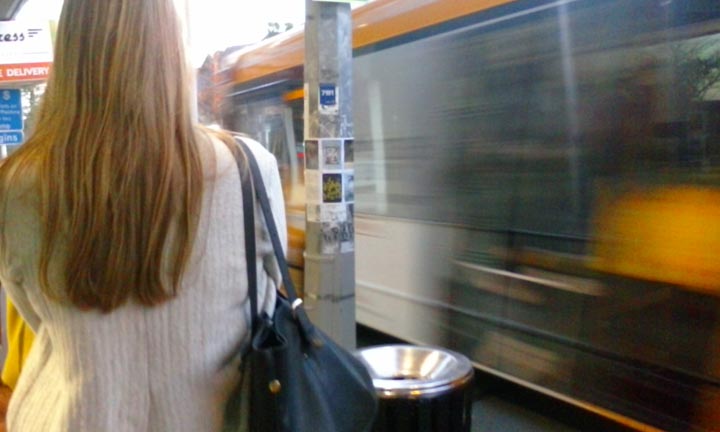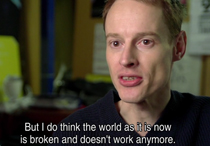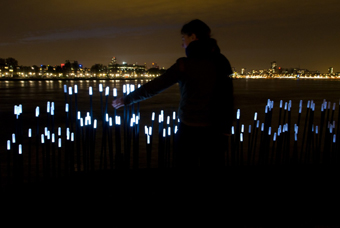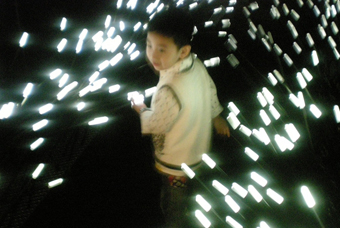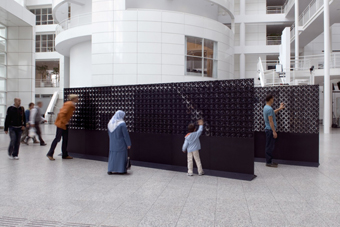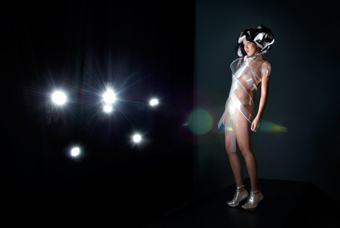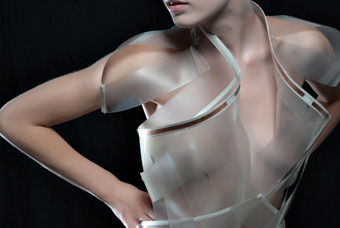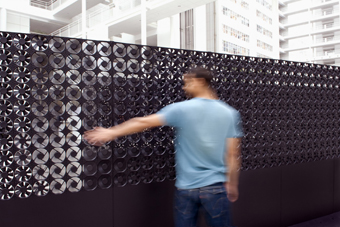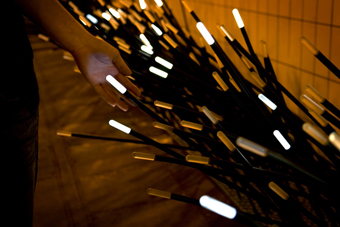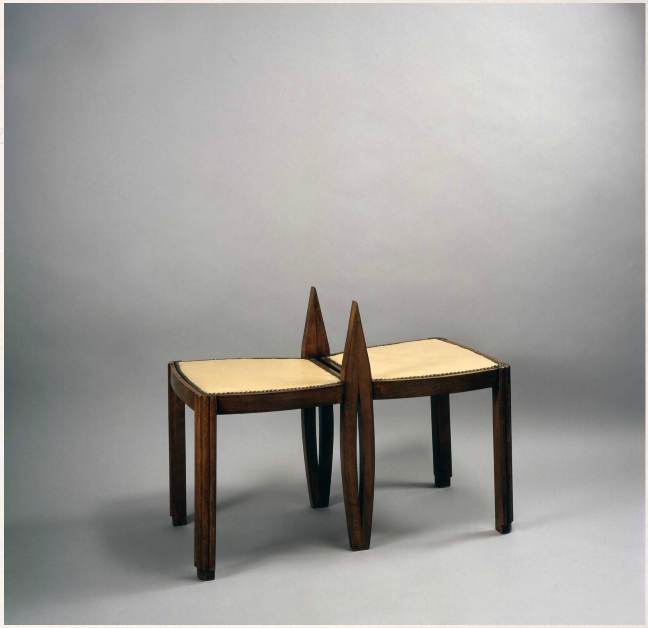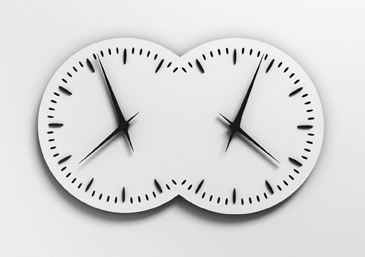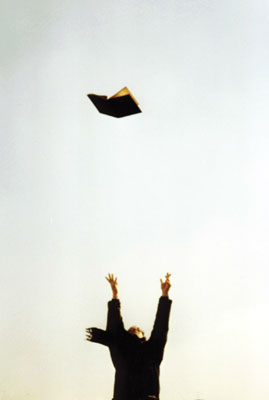What is it that we leave behind? the emotions of sorrow and loss? the physicality of presence, a smell? a touch, an embrace? ... / how do we know what it is that we leave behind and how do others resurrect those discarded bits, bytes, functions and intentions? ... / time erodes and memories fade ... / some things are no longer wanted, exiled from our blithe consumerist attitudes, banned, abolished, replaced ... / some things, like events and occurrences move from our fundamental reasoning to the periphery of our understanding, where connections are marginal, where our synapses carefully choose which bonds to make, which modules should be inserted and which should be discarded ... / a bit like space junk or residual matter that echoes Cauchy’s theory of complex analysis, a holomorphic function mapped under stress ... / or maybe, precisely that ... far too complex ... /
but... what of the data we leave ignored, that has no visible function, no commercial gain? where do those pixelated social couplings reside? .../ how do we aggregate a digital space to act as revealers of truth, the space where the machine and I, me and you, us and them coexist? ... / does this ‘virtual reality’ remove, neglect, disregard the need for responsibility, facilitate and defer rationality and compound understanding? ... / does the augmentation confuse or does it allow us to hide behind a code, a syntax, a digit of ideology, a hyperlink which offers us the promise of elsewhere?
Science, religion, philosophy, and politics have all attempted to reveal our truths for us ... / digital technologies attempt to democratize knowledge, to placate our need for acceptance and to insinuate where truth might be found ... / it also becomes a source for commodification and provides the illusion of wealth which further expands our concepts of hope, of our desire for acceptance and our need for homogenization ... / the digital space can also foster our ambitions for a more egalitarian existence and act as a companion, a catalyst for revolt and for dissent .../ it can be a subversive voice echoing millions of disenfranchised, a witness to the uprise ... / it represents itself in the hyperreal, the gloss of perfection, the glow of the screen and the flawless world of software, digital enhancements and predefined filters ... / it mirrors a conflicting environment, one which not only represents the oppressed and the objector but one that also acts as a conduit for the abandonment of liability and the deferral of accountability ... /
But maybe, things are far more innocent than they appear? like the sign that’s no longer there leaving a question as to why it was removed or what it may have said / or the condensation of air trapped inside a community notice inviting us to participate in an initiative which is no longer legible ... / or the discarded boxes, bits of wood, the off-cuts of structures which have lost their function ... / or maybe they mimic society’s flotsam and jetsam, a hello, a goodbye, a conversation, the hope for something new, something more immediate ... / or are these things far more real, like the scars that never heal or the words which linger long after the battlefield ... / or possibly a broken bit of code or the cadence of eloquent voices crushed, subdued ... / or the truth which lies in a sea of mistrust or the imagined which evaporates in the deserts of our minds eye? is it a mark of intent, a symbol of progress, a pixel exploded, a fragment of time? or perhaps it is just another image, just another byte for consumption, just one more bit of repetitive commodity, just one more digit that implicates us in our relation with the here and now ( / )
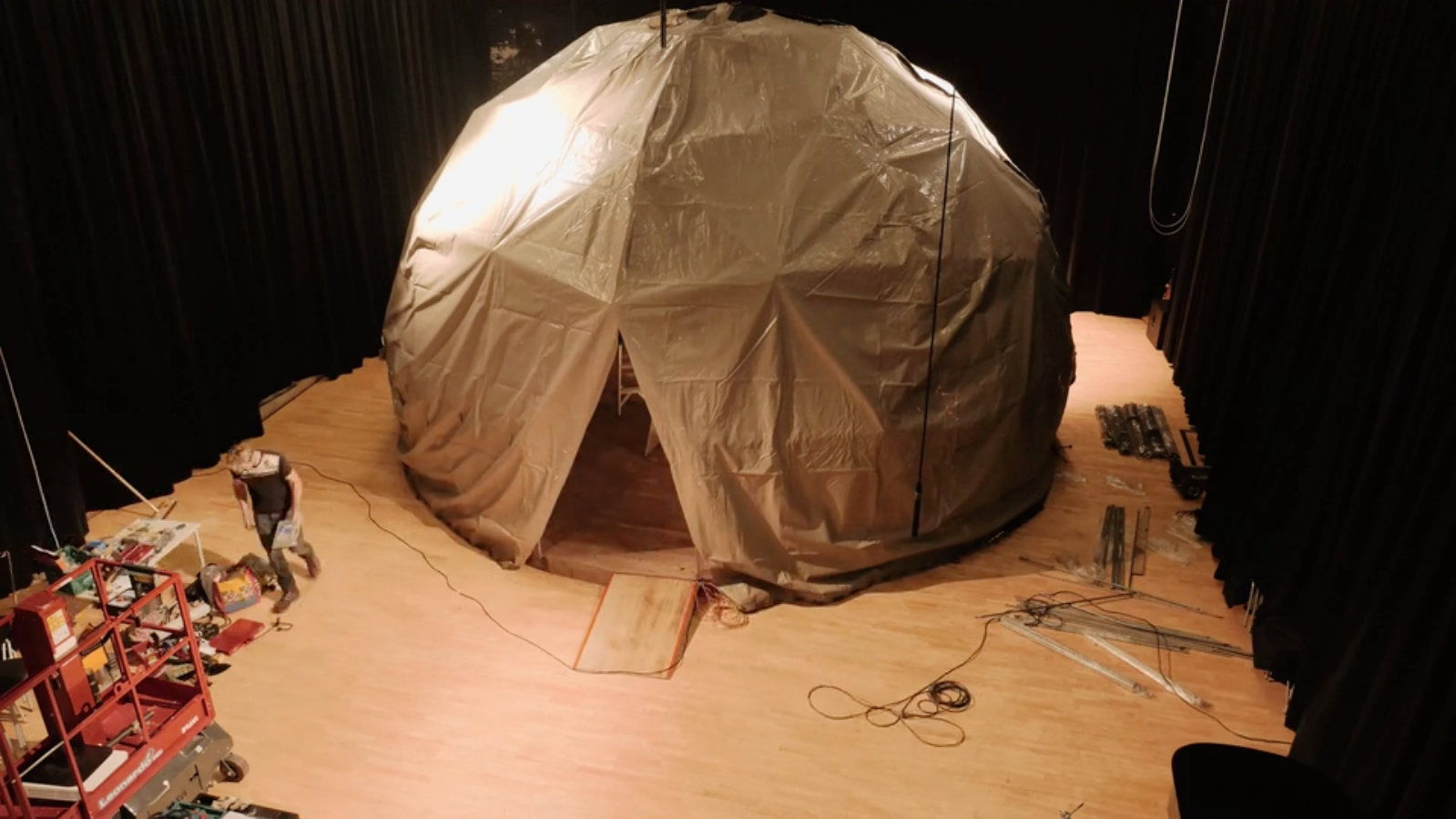
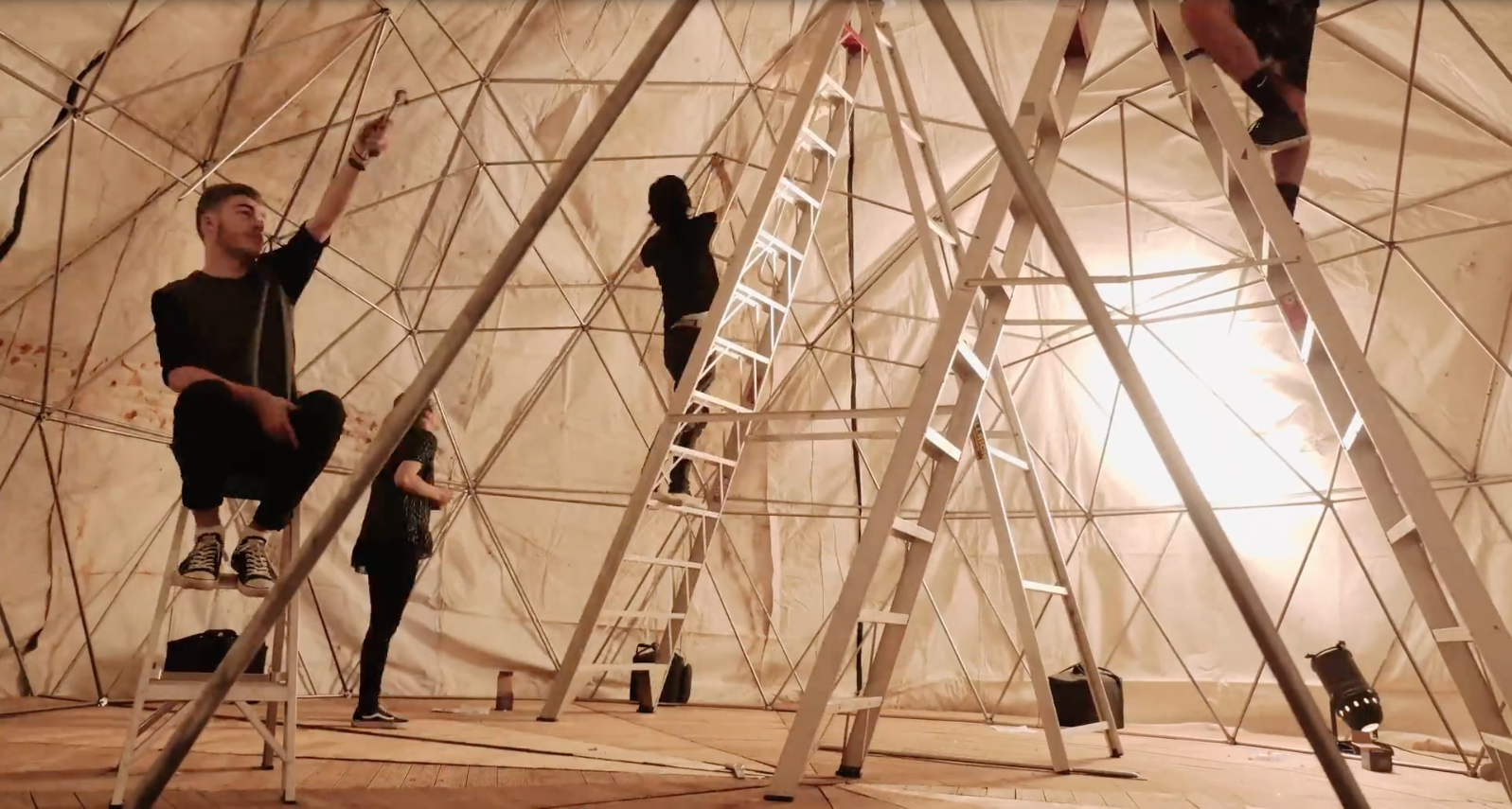
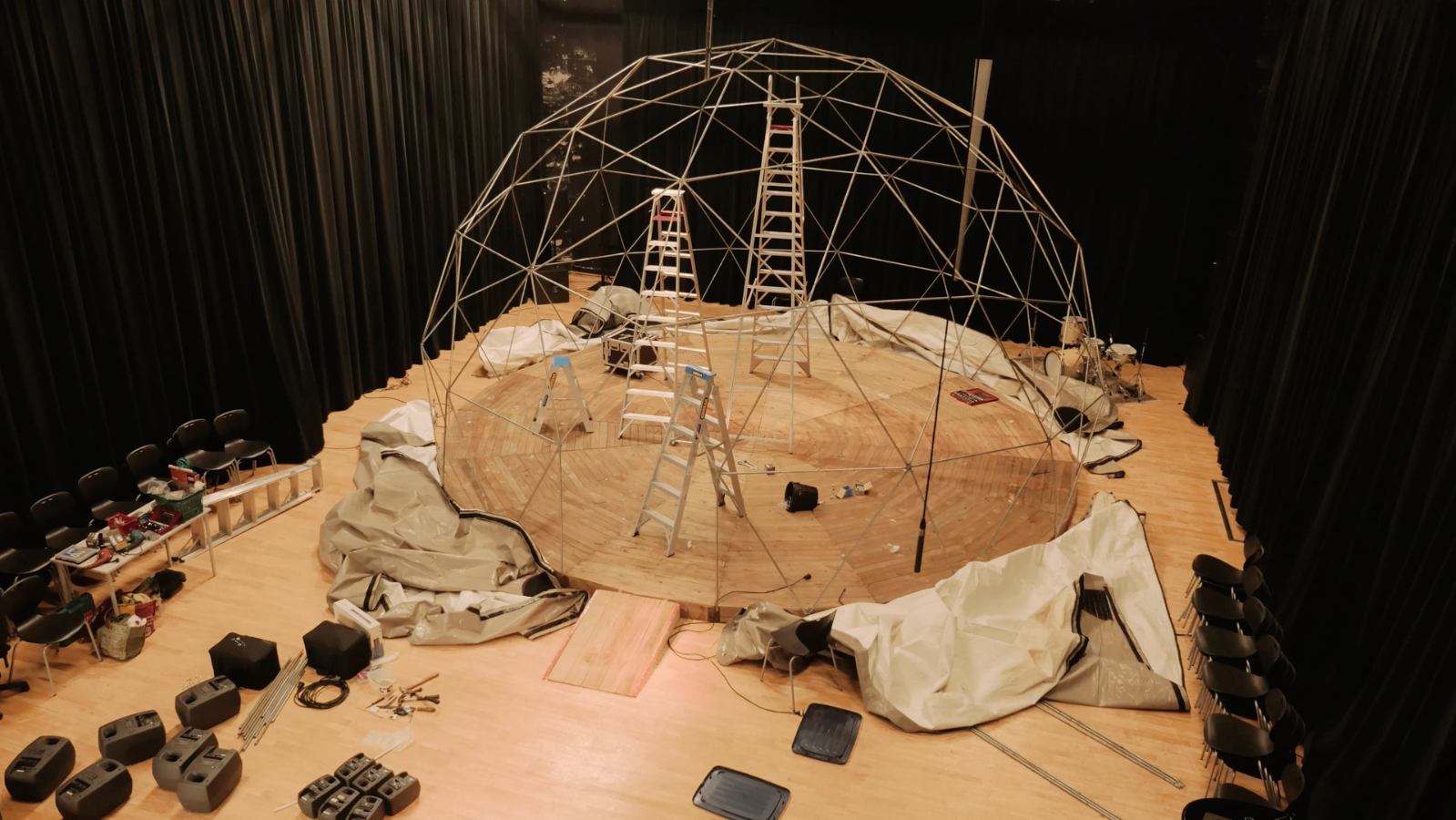
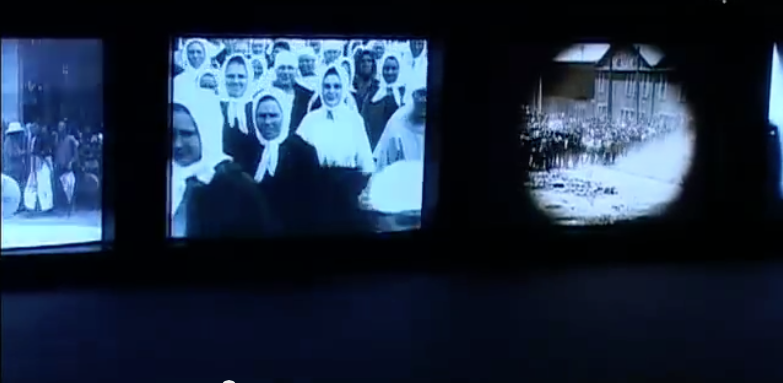 http://youtu.be/IAwkneBcB04
http://youtu.be/IAwkneBcB04

